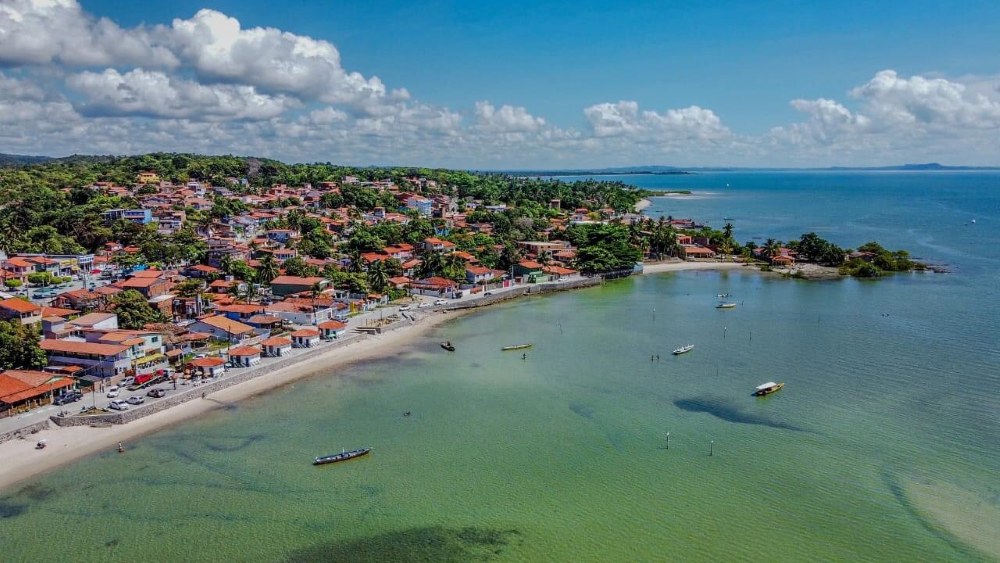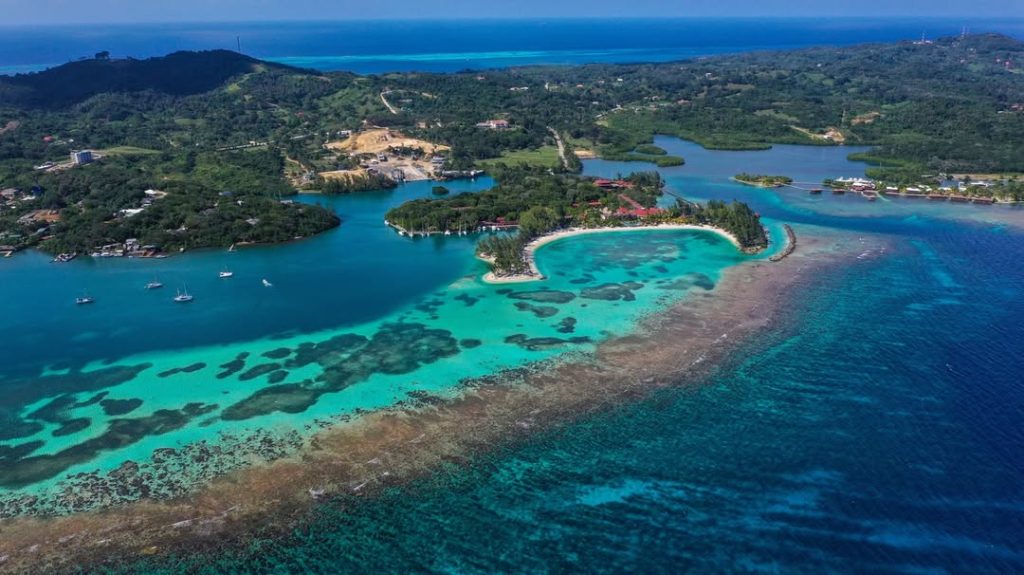World Migratory Bird Day, celebrated every May and October, highlights the need to preserve bird habitats. For professionals in the sector, it also underscores the rise of birdwatching tourism—a practice that appeals to an increasingly broad, curious, and discerning audience.
Latin America: A Global Hotspot for Birdwatching
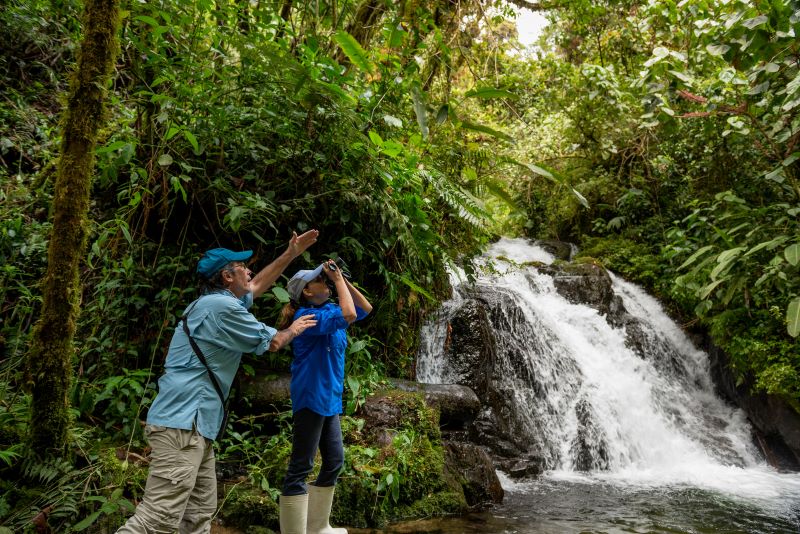
With exceptional biodiversity, a variety of climates, and vast protected areas, Latin America ranks among the best regions in the world for birdwatching. A strategic crossroads for migrations between the Northern and Southern Hemispheres, it offers travelers and operators a unique opportunity: to transform natural wealth into a sustainable, meaningful, and distinctive tourism product.
Sierra Nevada de Santa Marta – Colombia
Colombia is the world’s number one country in bird diversity: around 1,900 species have been recorded, including 79 endemics. The El Dorado Reserve, created in 2006 to protect the Santa Marta parakeet (Pyrrhura viridicata), concentrates much of this richness. It is also home to the fiery-throated hummingbird (Boissonneaua jardini). The reserve features a biological station where visitors can learn about research and conservation programs—a complete experience combining ecotourism, science, and cultural immersion.
Our article: An essential hummingbird for our planet
Manu National Park – Peru
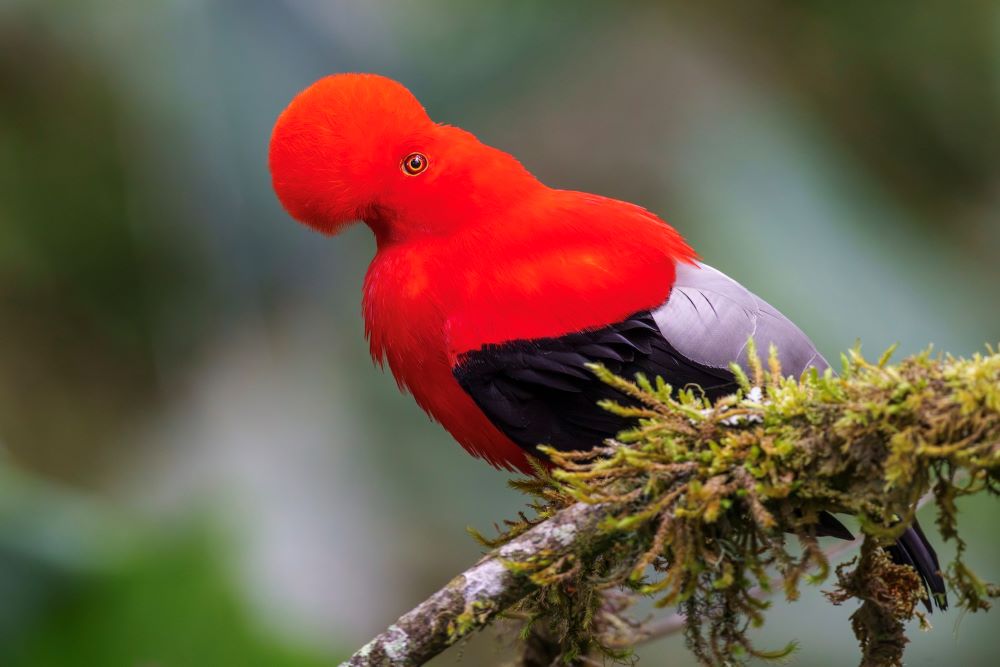
Covering 1.5 million hectares, Manu is one of the most biodiverse areas in the world. Over 1,000 bird species can be observed here, including the spectacular Andean cock-of-the-rock (Rupicola peruvianus), visible at dawn during its courtship rituals, and the impressive harpy eagle (Harpia harpyja), with a wingspan that can reach two meters. The park offers specialized routes, observation towers, and lookout tours. Indigenous communities welcome visitors and share traditional knowledge: fishing, hunting, gathering.
Pantanal – Brazil
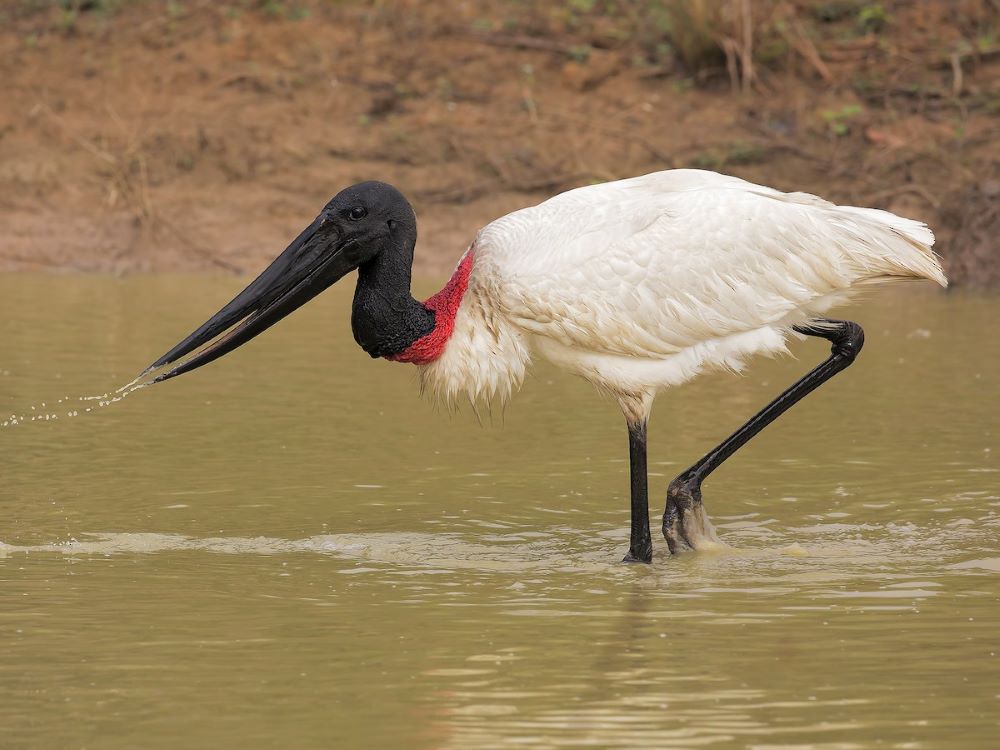
This vast wetland ecosystem holds the world record for wildlife density per km², with 463 bird species recorded. Jeep and boat safaris offer different experiences depending on the season: herons, storks, and ducks during the rainy season (December to April); macaws, parrots, and owls during the dry season (May to November). A symbol of the Pantanal, the jabiru—whose name in Guaraní means “swollen neck”—is one of the largest storks in the Americas.
Monteverde Cloud Forest – Costa Rica
With over 900 recorded species, Costa Rica stands out as a global ecotourism leader. The Monteverde forest especially attracts enthusiasts eager to admire the mythical resplendent quetzal (Pharomachrus mocinno), recognizable by its iridescent green plumage and long tail. Observation trails also offer sightings of
Our article: Guanacaste: An Escape to the Heart of Costa Rican Biodiversity
Galápagos Islands – Ecuador
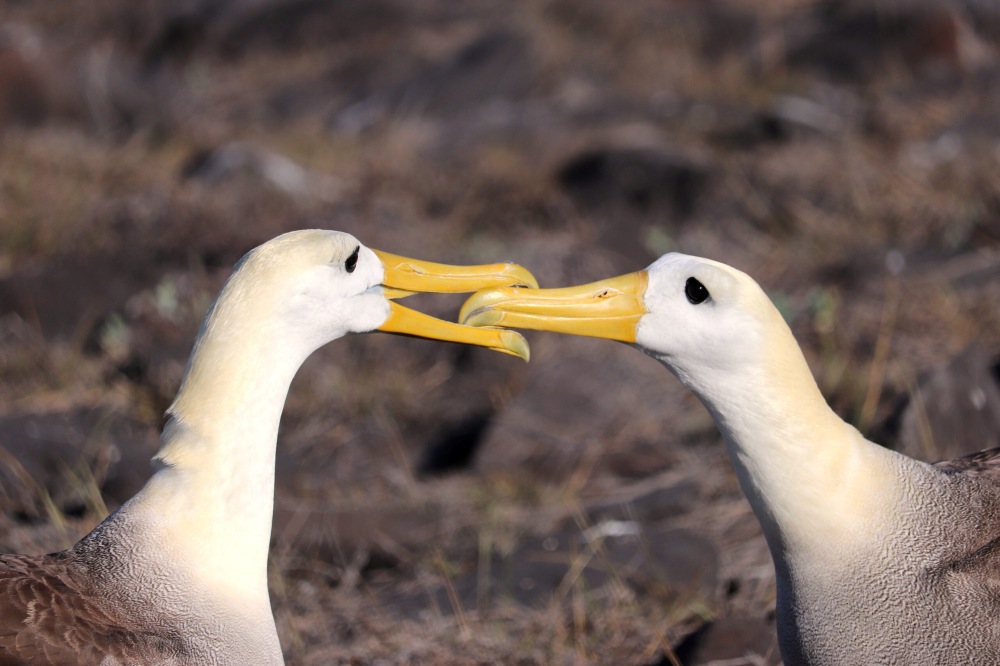
Located 1,000 km from the mainland, the Galápagos archipelago is a true natural laboratory of evolution. 180 bird species have been recorded, including 45 endemics such as Darwin’s finches, the flightless cormorant, and the Galápagos albatross, whose wingspan can exceed 2.5 meters. On the beaches, colonies of blue-footed boobies and frigatebirds are iconic images of the islands. Activities are strictly regulated by the Galápagos National Park, which limits visitors and enforces controlled itineraries—a guarantee of quality and sustainability for an exceptional product.
Birdwatching today goes beyond a simple hobby: it is becoming a promising sector for Latin American destinations. For professionals, the challenge is clear: to integrate birdwatching not as a standalone activity, but as a differentiating element within sustainable and immersive itineraries that appeal to international travelers seeking authentic and responsible experiences.
Photos: Peru Travel | Visit Panamá | Jeff Hapeman | Marco Valentini | Alex-Shapiro



